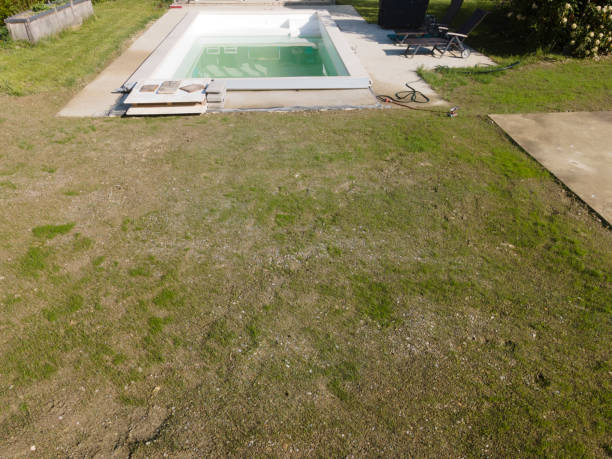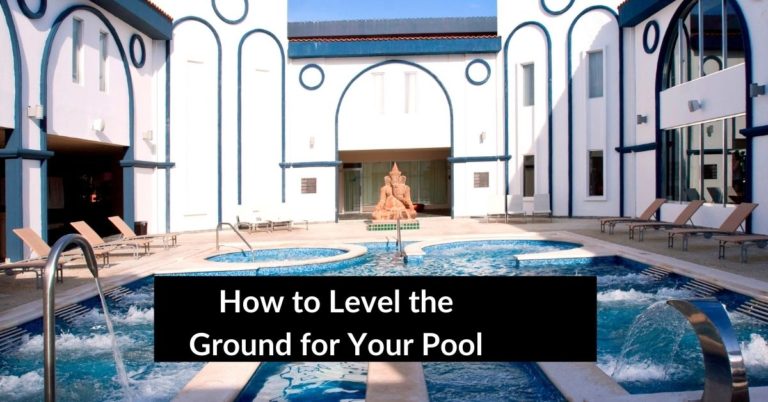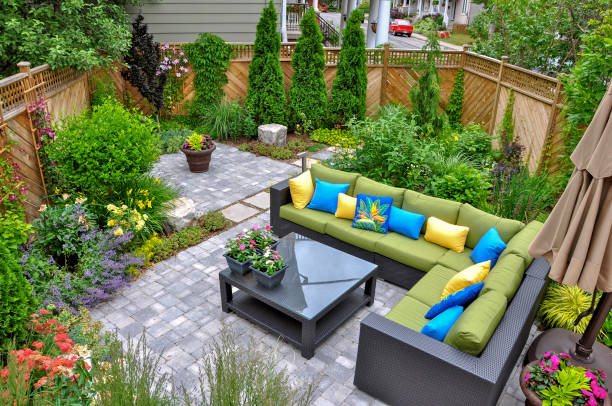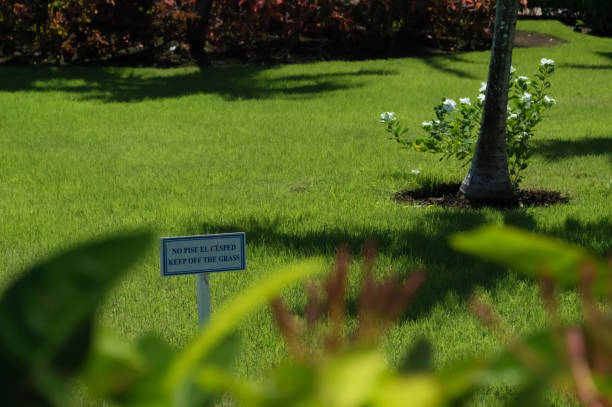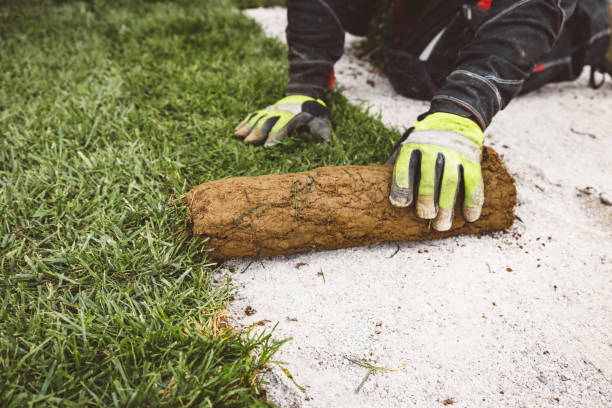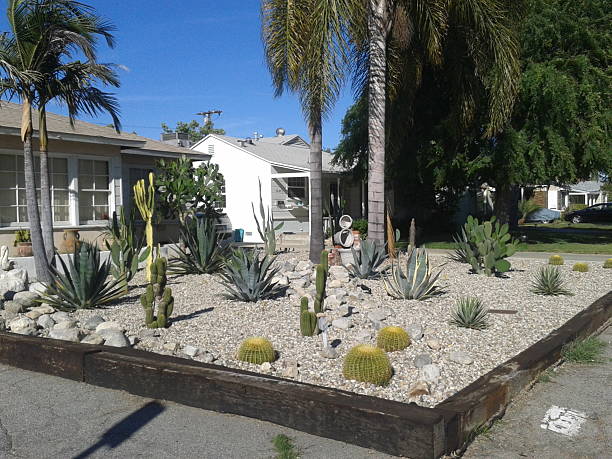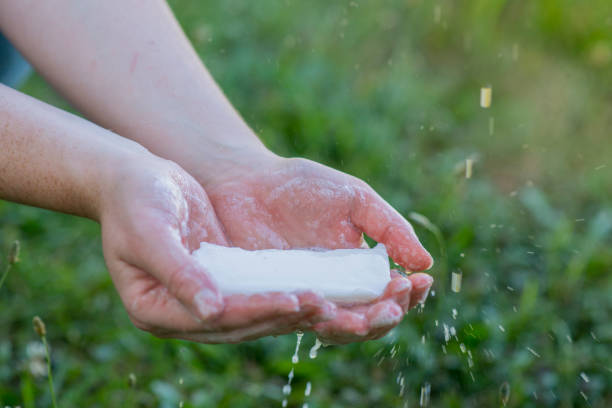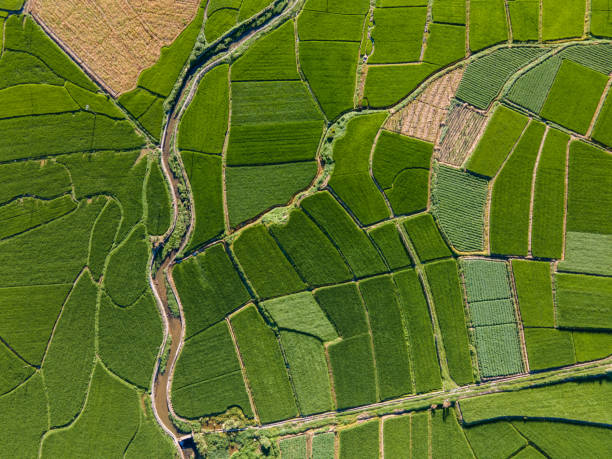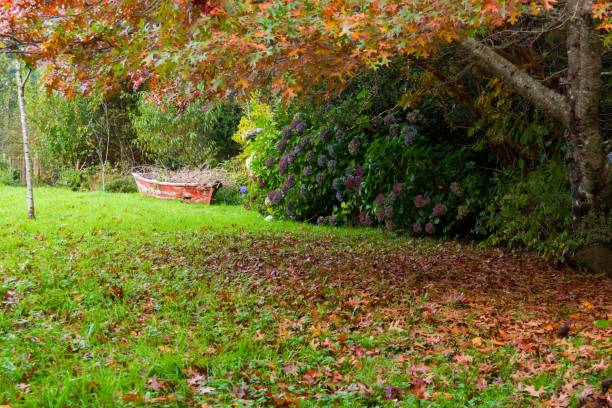How to Level a Sloped Yard for a Pool
This post contains affiliate links. This means I will make a commission at no extra cost to you should you click through and make a purchase. Read the full disclosure here.
Are you dreaming of having a pool in your backyard, but discouraged by the sloped terrain? Don’t worry! With the right planning and execution, leveling a sloped yard can be a manageable project that paves the way for your very own swimming oasis. In this article, we will guide you through the steps to level a sloped yard for a pool, ensuring a sturdy foundation and optimal enjoyment of your new aquatic retreat.
Introduction
Having a sloped yard may seem like an obstacle when it comes to pool installation, but with careful planning, you can transform that challenge into an opportunity. Leveling a sloped yard involves several steps, from assessing the slope to creating a solid foundation and ensuring proper water flow and drainage. Let’s dive into the details and turn your sloped yard into a pool paradise.
Understanding the Challenges of a Sloped Yard
Before embarking on the leveling process, it’s crucial to understand the challenges associated with a sloped yard. Uneven terrain can affect the stability of the pool and cause water drainage issues. Moreover, the erosion of soil due to the slope can pose additional challenges. By comprehending these hurdles, you can take appropriate measures to overcome them effectively.
Assessing the Slope and Designing a Plan
The first step is to assess the slope of your yard and determine the degree of leveling required. Use a measuring tool, such as a builder’s level or transit, to calculate the gradient accurately. Once you have a clear understanding of the slope, you can proceed to design a plan that outlines the necessary steps and materials for the leveling process.
Gathering the Necessary Tools and Materials
To level a sloped yard, you’ll need several tools and materials. Some essential items include a measuring tool, shovel, wheelbarrow, compacting equipment, retaining wall materials (if applicable), drainage pipes, geotextile fabric, and appropriate backfill material. Ensure you have all the required tools and materials before starting the project to avoid unnecessary delays.
Clearing and Preparing the Yard
Before leveling the ground, it’s crucial to clear the yard of any obstructions, such as rocks, debris, or vegetation. Trim any overhanging branches and remove any underground obstacles, such as tree roots. This step ensures a clean and smooth working surface for the leveling process.
Building Retaining Walls or Terraces
In cases where the slope is significant, building retaining walls or terraces can provide structural support and help create level spaces for your pool. Retaining walls can be constructed using various materials, such as concrete blocks, timber, or stone. Plan the layout and dimensions of the retaining walls carefully, ensuring they blend harmoniously with the overall landscape design.
Leveling the Ground
Once the yard is cleared and any necessary retaining walls are in place, it’s time to level the ground. Start by removing excess soil from higher areas and redistributing it to lower areas. Use a shovel and rake to spread the soil evenly, taking care to maintain the desired slope for water drainage. Regularly check the level of the ground using a measuring tool to ensure accuracy throughout the process.
Installing Drainage Systems
Proper drainage is crucial for maintaining the stability of your pool and preventing water accumulation. Install a drainage system that directs water away from the pool area and prevents erosion. This can include underground pipes, French drains, or surface channels. Additionally, consider incorporating a layer of geotextile fabric to prevent soil particles from clogging the drainage system.
Creating a Solid Foundation for the Pool
To ensure a sturdy and level foundation for your pool, consider using a concrete slab or compacted gravel. These materials provide stability and prevent the pool from sinking or shifting over time. Follow the manufacturer’s instructions for preparing the foundation, and consult with a professional if needed to guarantee the best results.
Ensuring Proper Water Flow and Drainage
In addition to the overall leveling, it’s crucial to ensure proper water flow and drainage within the pool area. This involves incorporating a slight slope to guide water away from the pool and towards the drainage system. Verify that the slope is sufficient to prevent water from pooling around the pool, which can lead to structural damage and safety hazards.
Final Touches and Landscaping
With the leveling and pool foundation complete, it’s time to add the finishing touches and enhance the aesthetics of your pool area. Consider landscaping options that complement the design of your pool and create an inviting atmosphere. This can include planting trees, shrubs, or flowers, installing pathways or decking, and adding outdoor furniture or decorative elements.
Safety Considerations
While leveling a sloped yard for a pool, it’s essential to prioritize safety. Ensure that all retaining walls, pathways, and pool surfaces are stable and slip-resistant. Install appropriate fencing or barriers around the pool area to prevent accidents, especially if you have children or pets. Familiarize yourself with local safety regulations and follow them diligently to ensure a safe and enjoyable pool environment.
Conclusion
Leveling a sloped yard for a pool may require some effort and planning, but the end result is worth it. By following the steps outlined in this article, you can transform your sloped yard into a stunning pool area that provides endless hours of relaxation and enjoyment. Remember to prioritize safety, consult professionals when needed, and enjoy your newly leveled yard and pool to the fullest.
FAQ
Can I level a sloped yard for a pool by myself, or should I hire professionals?
Leveling a sloped yard for a pool can be a complex task, especially if the slope is significant. While some homeowners may choose to tackle the project themselves, it is advisable to consult with professionals, such as landscape architects or pool contractors, for the best results.
How long does it usually take to level a sloped yard for a pool?
The duration of the leveling process depends on various factors, including the size of the yard, the degree of slope, and the complexity of the project. Generally, it can take anywhere from a few days to a few weeks to complete the leveling process.
Are there any permits or regulations I need to consider when leveling a sloped yard for a pool?
Yes, it’s important to familiarize yourself with local building codes, permits, and regulations before undertaking any pool-related construction. Check with your municipality or local authorities to ensure you comply with all necessary requirements.
Can I level a sloped yard without building retaining walls or terraces?
In some cases, if the slope is not significant, it may be possible to level the yard without constructing retaining walls or terraces. However, it’s important to assess the stability of the ground and consult with professionals to determine the best approach for your specific situation.
Can I incorporate additional features, such as an outdoor kitchen or seating area, in the leveled pool area?
Absolutely! Once you have leveled your sloped yard for the pool, you can explore various options to enhance the space further. Consider adding features like an outdoor kitchen, seating area, fire pit, or pergola to create a multifunctional and inviting outdoor living area.

